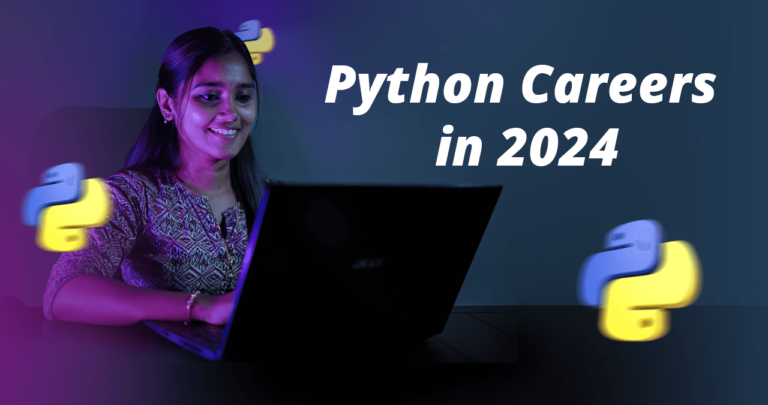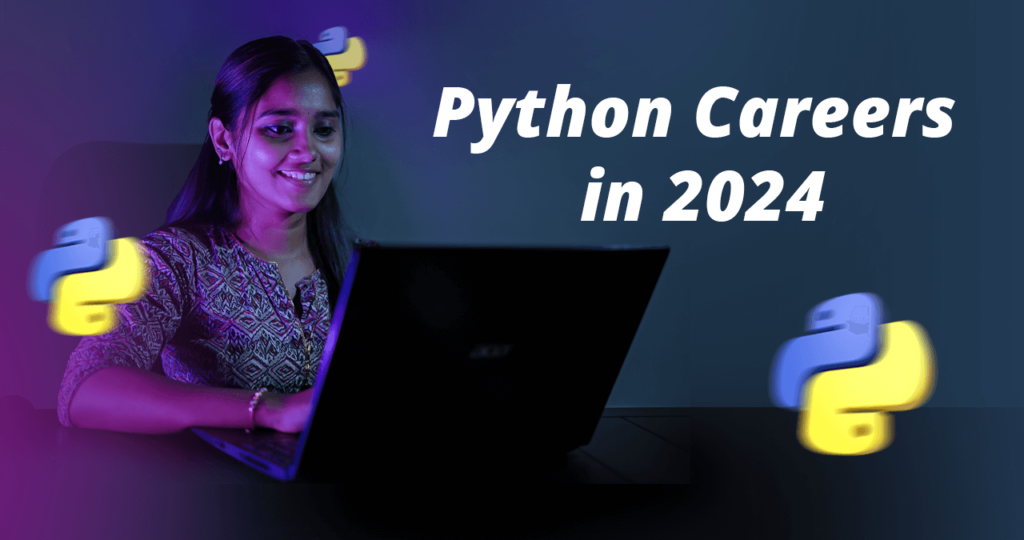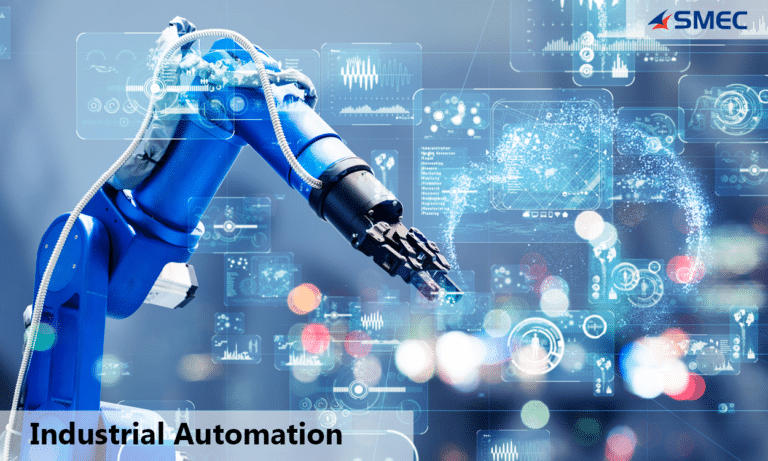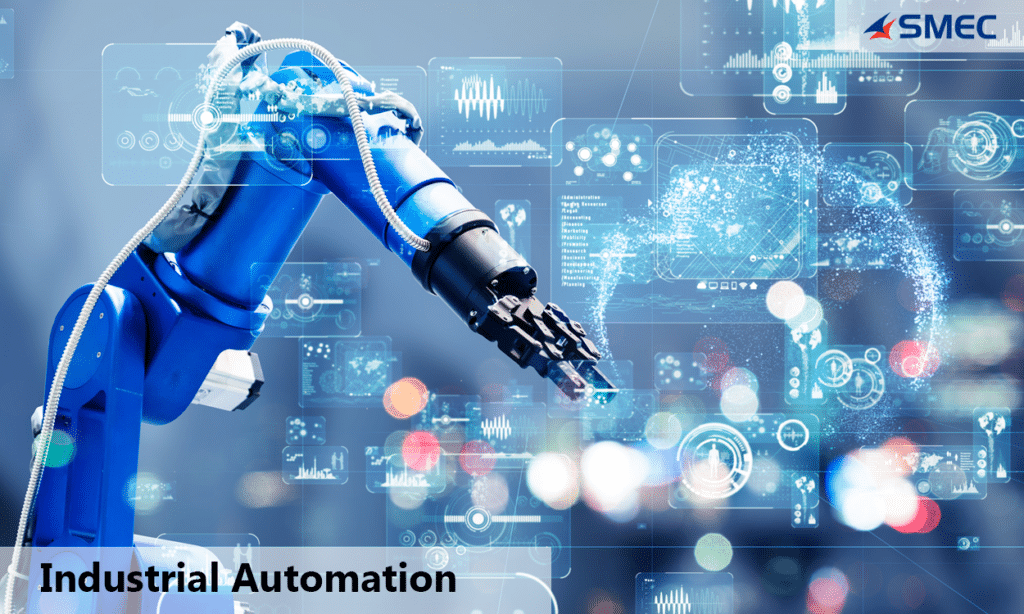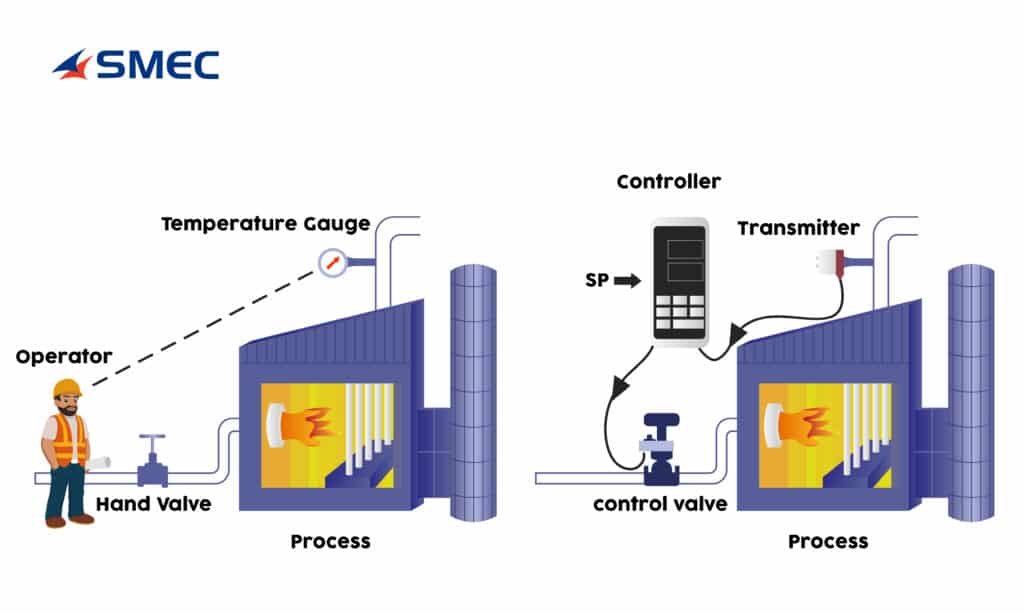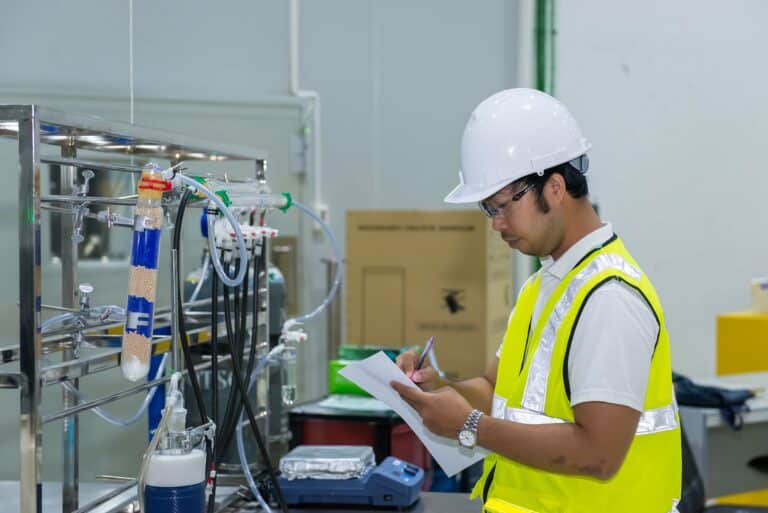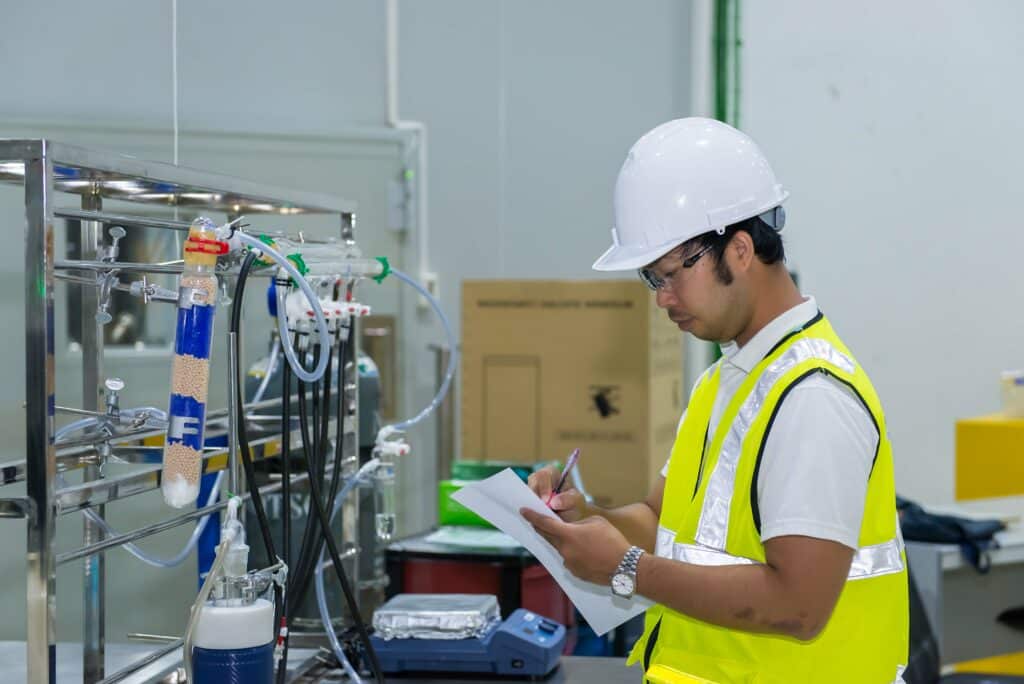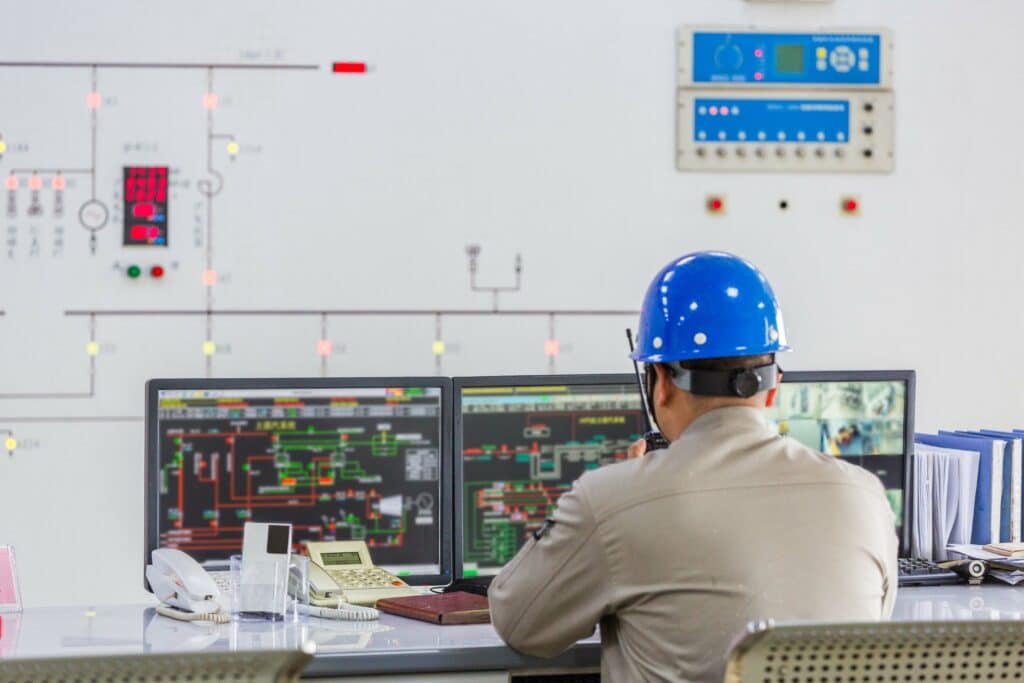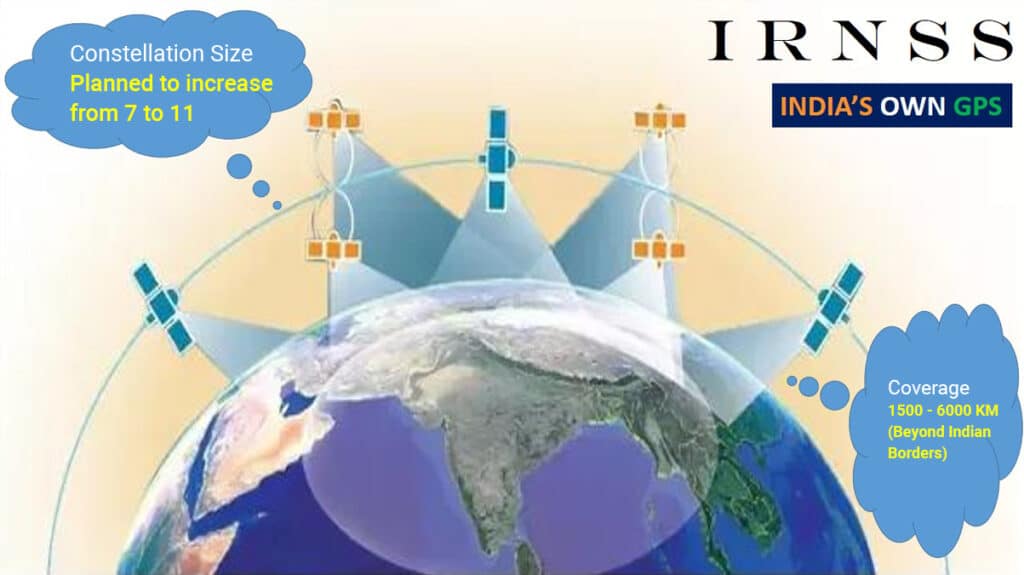At the start of 2020, none of us could predict the situation that currently going through but by now in late October more of us starting look at what life will be like in the coming months and years ahead, most of us already know the question isn’t when things will get back normal but what will be the new normal look?. This pandemic also created deep distress, as some businesses struggle to stay afloat most Indian companies will see their revenue and profits getting impacted amid the pandemic. Digital is reshaping the workspace of the future and changing the nature of jobs that need to be done, we all must anticipate and prepare for this future of work to stay relevant and valuable and that starts by acquiring the right skills
IT Industry in India employs a total number of 16 million people out of that 9 million peoples are employed in low-income scale and BPO jobs, Among these 30% ie, 3 million people jobs are to be laid off by 2022 due to RPA, this is where RPA comes to play (ROBOTIC PROCESS AUTOMATION)

We might mistake it for something related to robots and all, but this has nothing to do with these robots or electronics, embedded and all. So many offices have these clerical works, such as reading or checking the status of mail, moving files from one location to other locations, or tasks like data entry where we have to manually type and enter the data or arranging files in a Google drive so these kinds of low-income jobs which anyone can do by just clicking these are the one are going to replace
So how are they going to be replaced?
Here comes RPA comes to play Robotic process automation it doesn’t mean that actual robots come in and click rather these are done by software robots, suppose a bill received the amount it holds is typed into another software it involves all these things there are many applications like these. So this is how we are going to solve all these with the help of RPA
RPA is a tool, all this tool helps to create an application which can perform these kinds of clerical jobs some are done through coding, some are UI controlled which are done by just clicking through it by using RPA there are different ways like this After clicking through this a new application is made if we run this application in a system or server we can see all these clerical jobs reading E-mails and all are done by the application. Just think about the application doing all these jobs people have to do taking 2 or 3 shifts if we put this application this can work from the morning to evening right? If we think like that the companies are going to replace 3 million that is almost 30 lakh employees by 2022.
At the same time 7 lakh RPA developers will be needed there since there is a need to build these tools to develop. Tools we don’t need to fully code them instead we use RPA tools quicker output so we can learn these types of tools and opt for jobs based on them, companies already hiring people based on these it is easier because it doesn’t involve much coding even if there is coding it is very less, so jobs like these will be created but old jobs like clerical and low-income scale jobs replaced.

We know about high-income skills and low-income skills jobs, so what is a high-income skill job? Our value increases with an increase in time and experience, when it comes to low-income skills it depends upon how much a person can click around from morning to evening and there is a limit for that even if the person has 20 years or 30 years experience. These low-income skills jobs like data entry, reading, and sending emails are to a certain limit so this is a low-income skill to there is high-income skill jobs like coding designing, etc, you should understand that these replacements are not supposed to happen here. One thing you should note here is that 3 million jobs are lost and only 7 lakh people are getting replaced there are 23 lakh people left behind.
What they should do that?
They will have to upskill their job they will have to go into new fields like cloud development, DevOps, coding, or project management and attend training to continue working in the companies.
UP Skilling!! Different training companies working this field too, it’s very important to work there because when these many people lose their jobs they need to find new jobs so people always try and find a new job these people should pay attention to select high-income skill jobs the next time only then your value will increase, A job that requires creative skills will be valued more, In the coming days slowly all the jobs are going to be replaced starting with the low-income skill jobs so understand RPA very clearly it is not a robot it is an application likewise it is not any code it involves only replacing these kinds of clerical work so definitely will be lost in that section.

We know that if we have to chat about food delivery swiggy/zomoto now we have automated services that do not require customer care support. In earlier days we used to call customer care to solve such delivery issues but now we don’t have that, now everything is automated we can report the delivery issues by selecting food from the menu and it will enquire about your Oder issues all of which is automated so the customer care job also replaced now similarly you should clearly understand and analyze these changes that jobs are being replaced in our country
These people should upskill their skills and learn about these skills there are already many courses are available in RPA, RPA tools include mainly UI path, Blue Prism, Automation anywhere, PEGA, Work fusion, etc. there are many tools like which process automation is possible many include different scripts and languages some doesn’t have any coding included so different tools are different ways so you should consider that while choosing tools if you like coding can go for coding based one. So these people who expect job losses in the clerical field due to RPA do try and go for RPA tool related or other high-income skill jobs upgrade your skills asap, learn new thing so stop waiting your jobs are soon going to be replaced by the end of 2022.

Department : Industrial Automation
Linkedin : https://www.linkedin.com/in/bibin-p-839410174/




